There抯 a difference between disobedience and lack of understanding. If your dog isn抰 obeying a command because he doesn抰 understand what it is you want him to do, that抯 not a behavioral problem at all; it doesn't mean that you have a disobedient dog; it just means that you need to spend some more time together in training.
True disobedience occurs when your dog deliberately does not obey a request or command, although he knows fully what it is that you抮e asking him to do (and you know this because he抯 done it reliably on several occasions beforehand).
Although this may seem like a relatively minor inconvenience, it抯 actually a pretty serious thing ?not only can it be dangerous for your dog (for example, if he抯 heading towards a busy road and ignores your 慶ome?command), but it抯 also bad for your relationship with your dog.
A dog's disobedience is rooted in disrespect. When your dog deliberately does not obey you, he抯 saying, 揑 don抰 respect your authority enough to do what you want me to do?
If you allow him to get away with this, you are allowing him to form the habit of passive-aggression. This is not something that will just 揻ix itself??the problem will worsen, not get better, if you leave it.
It抯 very important that your dog knows that you outrank him in the social hierarchy of the household. The concept of alpha status is one that you need to be familiar with in order to maintain a healthy, functional relationship with your dog.
It may sound harsh from a human perspective, but your dog is happier when he knows that someone else is in charge of making all the decisions ? including his day-to-day behavior and obedience levels.
It is not possible to have a good owner/dog relationship if he does not understand that you are the clear-cut authority figure: he must know that he抯 beneath you in the chain of command.
Your first step in dealing with generalized disobedience is to reestablish your dominance. Here are some tips on doing so:
- When leaving the house and the car, you must always leave before your dog. This is clear alpha behavior: to a dog, only the alpha leaves first. If you allow him to exit the house or the car ahead of you, you are saying to him, 揧ou抮e stronger than me; you should go first because you抮e the decision-maker? Inside your home it isn't so important, but every time you leave the house or the car to go outside, you must make him wait for you to go first, until you release him from the 憌ait?with a release-word.
- Make him wait for his food. Your family and you must always eat before him ?if it means he has to wait an extra half hour or so for his meal, it won抰 hurt him any. When you put his food down for him, make him sit and wait until you release him to eat. Keep his feeding schedule varied, so he抯 always aware that you抮e in charge of his food ?don抰 allow him to form expectations of when he should be fed.
- Don抰 allow him free, uninhibited access to the whole house. The house is your den: you抮e allowing him to be inside. Remind him that you抮e allowing him into your den ?it抯 a privilege for him to be there, not a right - by sometimes allowing him inside, and sometimes sending him outside for half an hour or so. Keep certain areas of the house strictly for your own, as well (such as your bed, certain pieces of furniture, or some rooms).
- Never allow your dog to initiate play. If he抯 nudging you for attention or to start a game, you may think that it抯 cute and affectionate; but what he抯 really saying is, 揑抦 the boss and I抦 telling you to play with me right now.?If he starts bothering you for attention, ignore him for a few moments: get up and do something else. Wait until he抯 given up before initiating the play yourself. Playtime is a fantastic way to bond with your dog, but it should be done on your terms, not his.
- When you arrive home, don抰 rush straight over to him and shower him with affection. That is not alpha behavior at all ?an alpha dog, upon arriving home, doesn抰 go over to the other dogs and throw himself at them, saying, 揌ere I am! I missed you guys! Let抯 have a cuddle!??he ignores everyone else, relaxes for a short while, maybe has something to eat, and only interacts with them when he抯 good and ready. Even though you抮e probably good and ready to interact with your dog as soon as you get home, it will make more sense to him ?and underscore your authority ?if you ignore him for just three to five minutes upon arriving home.
Another fantastic way of counteracting disobedience is to start ?and maintain ?a basic obedience training plan. You don抰 have to do anything fancy or super-demanding; just ten minutes a day of learning and enforcing commands. This can drop to five minutes a day once your dog is completely reliable with the commands.
Here are some tips for a good training program:
- Never give a command that you cannot reinforce immediately if he chooses not to obey you. Every time your dog takes the opportunity to ignore your command, he抯 learning that it抯 both easier and a lot more fun to ignore you. For example, if you call across the park for him to 慶ome?as he抯 playing with some other dogs, the choices are clear-cut to him: he could cut his play-time short and come to you, or he could ignore you ?which is easy, since you抮e so far away ?and continue to have fun. Until your dog is completely reliable with commands, he should be on a long line or retractable lead so that you can enforce them if necessary.
- Remember to use your voice to the best effect. Praise should be in a light, cheery, happy tone of voice; if possible, smile at the same time. It makes a difference to your tone of voice, and most dogs will study your face to make sense of your expressions, too. Corrections should be uttered in a stern, brook-no-nonsense tone: you don抰 need to shout, but your voice should be low and authoritative.
- When you抮e verbally interrupting your dog, it抯 more effective to shout, 揙I!?or 揂h-ah-ah!?rather than saying, 揘o? The sounds are more clear-cut, and you抣l get a better response.
- Do not repeat a command. Remember, you should be training on a leash or a long line: if he ignores you, he gets a short, sharp tug (some call it a 慺lick? on the lead to remind him that you抮e present, and you抮e in charge. Repeating yourself teaches him that he can wait for the command to be repeated at least once before he obeys you.
- Five to fifteen minutes per day is sufficient time for training. Any more than this in one sitting, and your dog抯 concentration will likely lapse: fifteen minutes of intense training, where your dog is concentrating hard on what you want, is enough to send even the most energetic dogs to their beds for a snooze afterwards.
- You can move on to more advanced training and 憈ricks?if you feel like it, once your dog抯 completely absorbed the basics; but it抯 not something that you should feel like you have to do.
- Another great option is formal obedience training classes. They抮e a great way of socializing your dog (he gets to interact with other dogs, and those dogs?owners), and also teaches him to concentrate on what you want despite the many distractions taking place around him. It抯 also very helpful to have face-to-face contact with a trained professional: they can pick up on any mistakes you might be making, and give you advice for tightening up your training techniques.

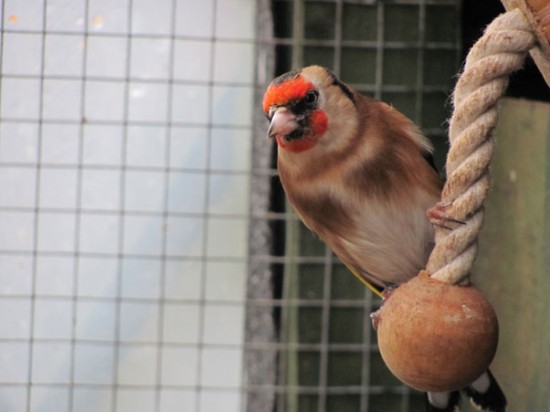 Keeping British Birds
Keeping British Birds
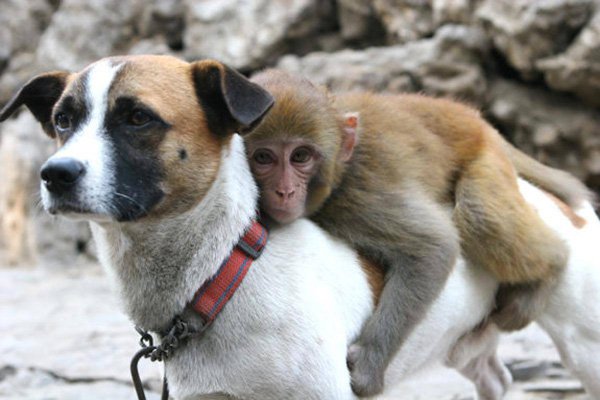 Plan Your Chicken Runs or Your Pets May Become Food for Hungry animals
Plan Your Chicken Runs or Your Pets May Become Food for Hungry animals
 4 Reasons to Consider Boarding Your Dog
4 Reasons to Consider Boarding Your Dog
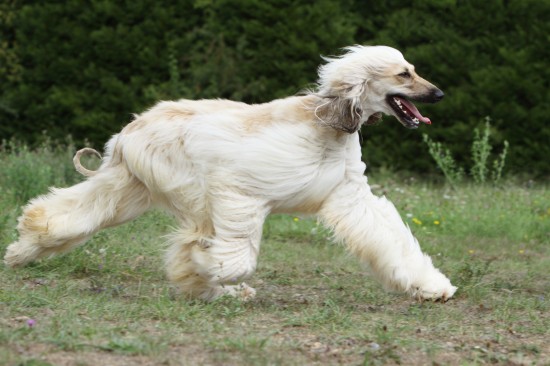 What Breeds Of Dog Have The Strongest Prey Drive, And Why?
What Breeds Of Dog Have The Strongest Prey Drive, And Why?
 A Combo of Chicken Runs and Coops – The Best for Your Bird Friends
A Combo of Chicken Runs and Coops – The Best for Your Bird Friends
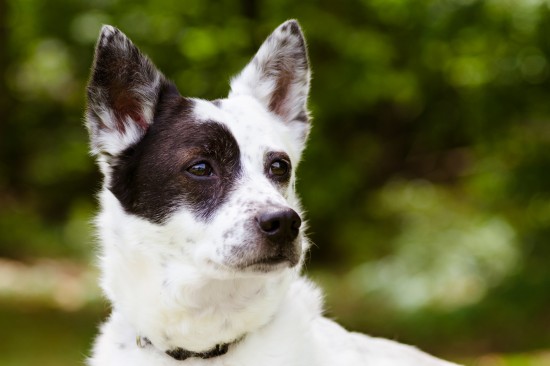 Helpful Tips And Advice About Adopting A Rescue Dog
Helpful Tips And Advice About Adopting A Rescue Dog
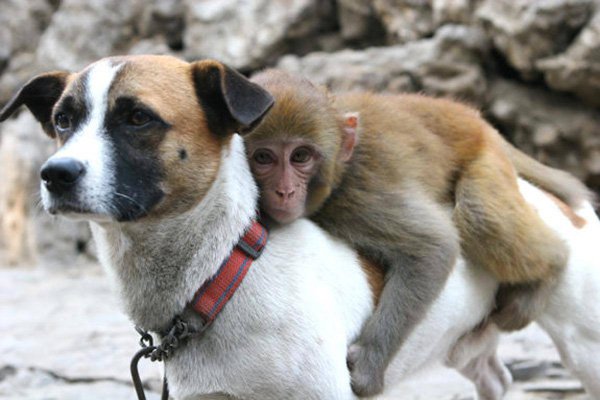 Give your birds the perfect protection habitat in chicken coops
Give your birds the perfect protection habitat in chicken
Give your birds the perfect protection habitat in chicken coops
Give your birds the perfect protection habitat in chicken
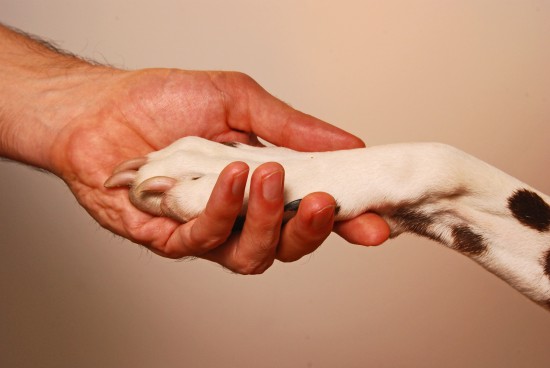 Training A Deaf Dog
Training A Deaf D
Training A Deaf Dog
Training A Deaf D
 Snoozer & Outdoor Dog Beds For Sale
Snoozer & Outdoor Dog Beds For Sale
We are
Snoozer & Outdoor Dog Beds For Sale
Snoozer & Outdoor Dog Beds For Sale
We are
 Foods That Are, And Are Not Safe For A Pet Rat
Foods That Are, A
Foods That Are, And Are Not Safe For A Pet Rat
Foods That Are, A
 The Importance Of Annual Health Checks For Your Dog
The Importance Of
The Importance Of Annual Health Checks For Your Dog
The Importance Of